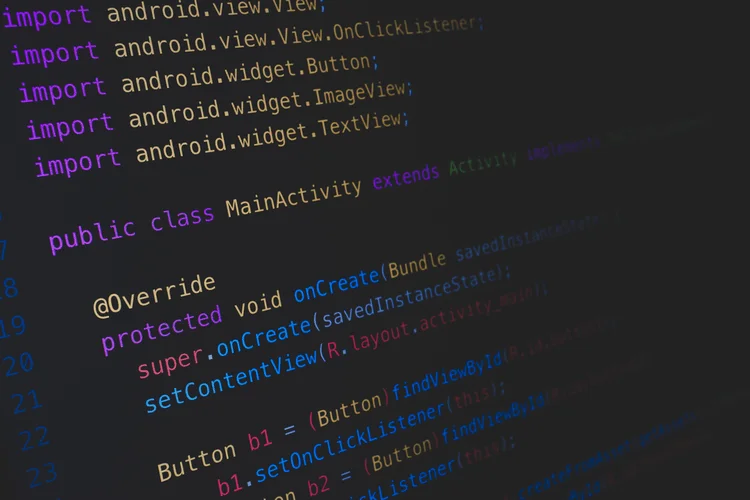Continuous deployment takes this one step further by automatically deploying each time a code change is made. In practice, continuous deployment means that a developer’s change to a cloud application could go live within minutes of writing it . This makes it much easier to continuously receive and incorporate user feedback. Taken together, all of these connected CI/CD practices make deployment of an application less risky, whereby it’s easier to release changes to apps in small pieces, rather than all at once.

The “Controller” – the Jenkins server is responsible for administering projects, configurations, users and data. “Agents” can be called upon to execute certain stages of a particular pipeline. This brings many benefits such as easy scaling, optimal hardware (large-scale math or data-heavy processes), test servers and platform specific builds. GitLab’s CI/CD tools can simplify this process by helping teams manage software builds, testing, and releases with automatic check-ins at each stage to identify and fix any problems in the development cycle. When DevOps teams construct observable CI/CD pipelines, the dashboard and reporting capabilities of delivery solutions are improved.
Build and Release Confidently with Continuous Integration and Delivery
Always use a clone of the production environment to test the code & the operational production version cannot be used to test new code. To find and track down bugs that evaded the first pre-build testing phase, you can use thorough testing scripts. Accelerate innovation by removing infrastructure concerns from application development.
The team has more time for rewarding initiatives because more of the deployment process is automated. Developers spend between 35 and 50 percent of their time evaluating, validating, and fixing code. Developers may increase their productivity by automating these operations. A successful CI/CD process is an effective way to hasten deployment and increase the value of each release for users. Allowing constant contact between teams and employing automated processes, shortens the deployment period.
deployments
Once the conflict is resolved, work can continue with confidence that the new code honors the requirements of the existing codebase. Teams may also want to consider managed CI/CD tools, which are available from a variety of vendors. The major public cloud providers all offer CI/CD solutions, along with GitLab, CircleCI, Travis CI, Atlassian Bamboo, and many others.

Azure DevOps integrates with Visual Studio 2017 and Travis CI so you can easily deploy code changes in production. Additionally, AzureRM supports container orchestration, which makes it possible to run multiple containers simultaneously on one or more servers. That is a very manual method of testing and is error prone; it is hard to find and maintain the environments. In a Docker world, you use Docker images that provide the services for your solution, such as store containers, search containers etc. You can also build your own containers to work with legacy code or to use third-party services. At each stage, the build either fails the tests, which alerts the team, or passes the tests, which results in automatic promotion to the next stage.
Elements of a CI/CD pipeline
No development occurs on the release branches in order to maintain focus on the main branch as the single source of truth. One of the best known open source tools for CI/CD is the automation server Jenkins. Jenkins is designed to handle anything from a simple CI server to a complete CD hub.
- Continuous integration is a technique where developers check and make minor changes to their code.
- This strictness should be set up in such a way as to allow for easier development and working together.
- This course is an introduction to Continuous Integration and Continuous Delivery (CI/CD), a DevOps best practice to ensure code quality is achieved.
- The automated transmission of finished code to contexts like testing and development is known as continuous delivery .
- After the stage finishes, an email will be sent out notifying that the pipeline finished, providing some information and a link to the build’s URL for more information.
- Following the automation of builds and unit and integration testing in CI, continuous delivery automates the release of that validated code to a repository.
- Continuous delivery is the process of automatically preparing a project to be deployed to a production environment.
The functionality of individual functions and classes are tested on their own. Any external dependencies are replaced with stub or mock implementations to focus the test completely on the code in question. The idea is to minimize the cost of integration by making it an early consideration. Developers can discover conflicts at the boundaries between new and existing code early, while conflicts are still relatively easy to reconcile.
Putting It All Together: DevOps and CI/CD
Continuous Delivery automates the entire software release process. The final decision to deploy to a live production environment can be triggered by the developer/project lead as required. It does take work to learn how to do this at first, but really it saves you so much time in the long term. But if you would like to try this yourself, You can sign up for like the free tier version of the JFrog platform which gets you Artifactory and X ray. So you have a place to store all of your packages, all of your builds for, like, virtually anything you could be using because there is also a generic repository type.



